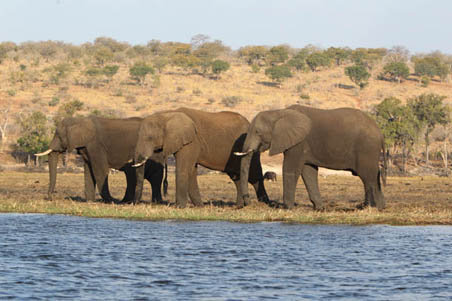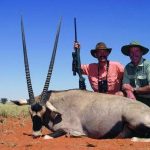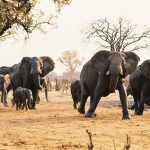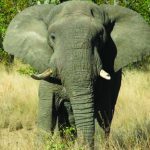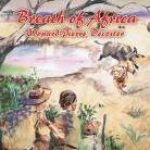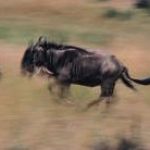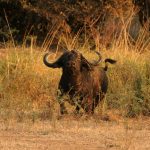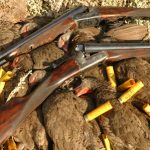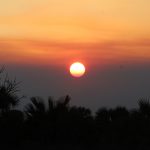Africa’s greatest hunting area
The Selous Game Reserve in southeastern Tanzania is the greatest stronghold of large wild animals on earth. At 22,000 square miles, it’s larger than Wales or Maryland, and four times the size of Serengeti National Park.
Little changed from a century ago, the Selous has significant numbers of elephant, buffalo, antelope, wild dog, and lion. Its wildlife management program, which gives neighboring villagers a stake in conservation by providing jobs and buyers for food, fuel, and supplies, has become the benchmark for similar initiatives elsewhere in Africa, such as the five-nation Kavango-Zambezi Transfrontier Conservation Area, slated to open by 2010.
The Germans established a small game reserve in 1905 between the Rufiji and Beho-Beho rivers in what was then German East Africa–later Tanganyika–and is now Tanzania. It fell into British hands in 1918 and, four years later, they named the area after Frederick Courtenay Selous, who was killed there in 1917 by the Germans.
When the British took control, however, the Selous was a mere 1,000 square miles. It wasn’t until a dedicated conservationist named C.J.P. Ionides joined the Tanganyika game department in the 1930s that it began to take on the massive proportions of today. Ionides, born in 1901 to a wealthy Greek family, took an Army commission and then turned ivory hunter. By 1930 he was hunting out of Arusha; three years later he joined the game department, where he devised a strategy for a vast self-contained wild area for animals and hunting.
Aided by poor soils and abundant tsetse fly, Ionides discouraged settlement in vast areas surrounding the original Selous, persuading Africans to move by denying protection from crop-raiding elephant. An outbreak of sleeping sickness in 1935 led to clustering people near medical facilities. Each time an area was vacated, Ionides pushed it as an addition to Selous. When larger boundaries were drawn in 1940, a few Africans remained inside, so Ionides again denied them protection from elephants. When the last tribesman had moved out three years later, the area was declared an elephant sanctuary and they were barred from returning.
Brian Nicholson came to the Selous in 1949. He had apprenticed as a professional hunter but really wanted to be a game warden. Finding no jobs in his native Kenya, he landed a post under Ionides. He was nineteen. Ionides retired in 1954, but Nicholson continued his work.
As tourism and foreign revenues gained importance, so did wildlife. In 1961, controlled hunting became government policy and Nicholson’s duties shifted from elephant control to conservation. He spent long periods in Selous, mapping further extensions.
Its present boundaries were set in 1975, rendering the Selous twenty times larger than the original tract. By then, safari hunting supported the entire Selous with revenues left over. Nicholson carved it into forty-seven hunting concessions, with tight quotas for each species. In 1982, the United Nations designated the Selous a World Heritage Site.
